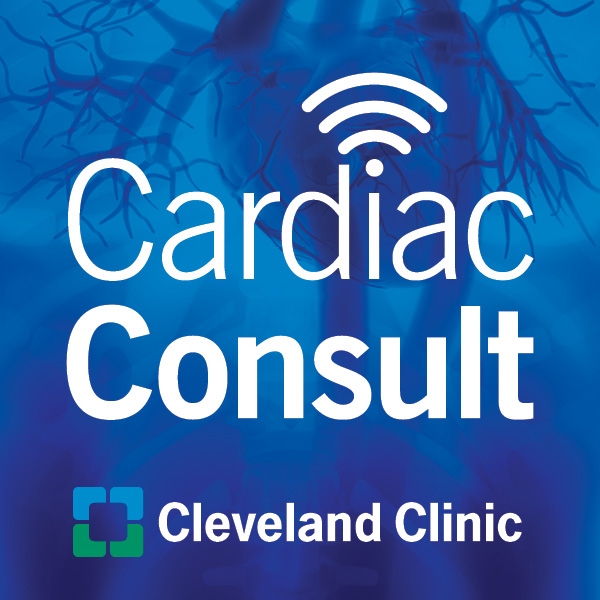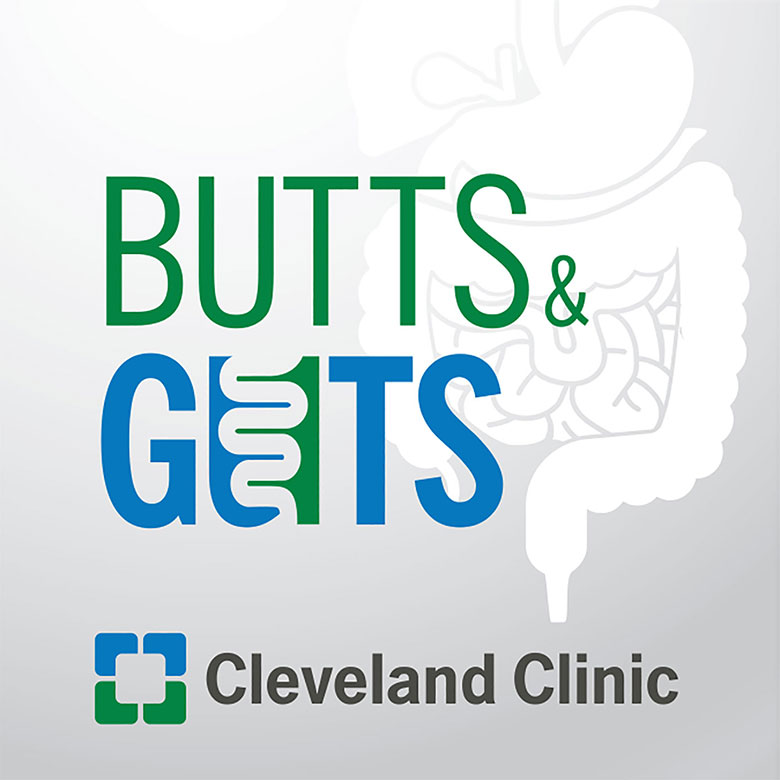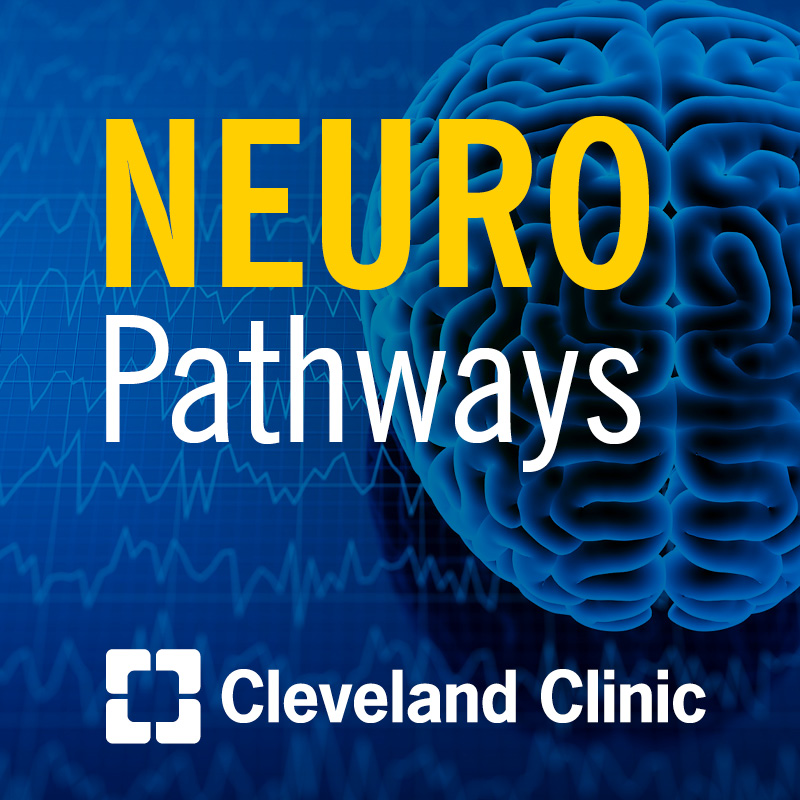Talking Tall Rounds®: Imaging Chest Pain

Wael Jaber, MD provides an overview of a recent session highlighting new guidelines for imaging chest pain. Enjoy the full Tall Rounds® & earn free CME
- Case Presentation: Gary Parizher, MD
- ED Workup: Baruch Fertel, MD
- Role of HS-Troponins: Venu Menon, MD
- Myocardial Perfusion Imaging: Established, is it still relevant?: Wael Jaber, MD
- CT Angiography: Uses and Abuses: Paul Cremer, MD
- Cardiac MRI: Is stress MRI ready for prime time?: Debbie Kwon, MD
- Stress echo: Swiss Knife of Muti-Parametric Evaluation: Christine Jellis, MD, PhD
- GDMT: Is it sufficient to prevent excessive imaging?: Leslie Cho, MD
Subscribe: Apple Podcasts | Podcast Addict | Buzzsprout | Spotify
Talking Tall Rounds®: Imaging Chest Pain
Podcast Transcript
Announcer:
Welcome to the Talking Tall Rounds series brought to you by the Sydell and Arnold Miller Family Heart, Vascular and Thoracic Institute at Cleveland Clinic.
Wael Jaber, MD:
Good morning and welcome to Tall Rounds this morning. The topic of discussion is imaging chest pain, the new guidelines in a new era. Over the past 2 years, there have been two new chest pain guidelines. The ESC came out with its guidelines in 2020 and the American College of Cardiology, American Heart Association, came out with their guidelines last fall. I think you will see from the presentation here that we have a packed 1 hour, that these guidelines mostly are actually practice-affirming for us rather than practice-changing for our center. We have a nice group of individuals all involved in treating these patients. We'll start, as usual, with a case. Dr. Gary Parizher, of our fellows, future imager, he's going to present the case, and then we will discuss it after that and highlight some of the issues with the case.
Gary Parizher, MD:
Hi, thank you, Dr. Jaber for the introduction. I'm Gary Parizher, I'm one of the general cardiology fellows. I want to start our presentation with a patient presenting to the ER. This is a very common location for us to encounter chest pain. We meet a woman in her seventies presenting with a syndrome of epigastric discomfort that began about 2 weeks prior. She describes the gradual onset of epigastric pressure radiating to the left shoulder. Sometimes this is accompanied by belching, sometimes this is provoked by exertions, such as with working in her yard. Sometimes she can work in her yard without any difficulty and no symptoms. Sometimes she experiences the syndrome at rest and it resolves spontaneously. Her symptoms seemed to worsen 1 to 2 days prior to presentation, which prompted her to come to the ER.
Gary Parizher, MD:
Her comorbidities include asthma, she takes inhalers. She is obese, with a BMI of 33. She has obstructive sleep apnea for which she uses CPAP and she reports adherence to her CPAP. She is hypertensive. A recent clinic visit demonstrated a blood pressure of 150 over 67. She's not on any antihypertensives. And she is pre-diabetic with a hemoglobin A1C of 6.2%. Her physical exam in the ER is notable for hypertension. She's afebrile, she's breathing comfortably, and saturating well on room air. Her physical exam demonstrates regular rate and rhythm with no murmurs, gallops, rubs. There's no evidence of decompensated heart failure on examination. Her lungs are clear, her neck veins are flat, there's no edema, and her abdominal exam is benign.
Gary Parizher, MD:
This is her electrocardiogram demonstrating normal sinus rhythm without any concerning acute or chronic ischemic changes. This is her lab work. Her CBC is relatively benign and her metabolic panel is also pretty unremarkable. She does have an abnormal high sensitivity troponin that trends down at the 1 and 3-hour mark, 56, 52, and 50, and she has an abnormal lipid panel, with an LDL cholesterol of 105. Her A1C confirmed at 6.2%. Chest radiography is shown here, demonstrating no acute cardiopulmonary abnormality.
Gary Parizher, MD:
In light of her pretest probability and her presentation, which features some components that are very typical of cardiac pain and some components that are atypical, we elect to proceed with further risk stratification. She gets a resting transthoracic echocardiogram. That demonstrates normal chamber size and function without any concerning valvular, pericardial, or great vessel abnormalities. And she gets an exercise treadmill SPECT. The top row are static images, stress on the top, rest on the bottom. They demonstrate a small resting profusion defect at the basal inferior wall and a reversible profusion defect of moderate intensity in the inferolateral wall, extending from apex to base. At the bottom, there are gated images, which demonstrate a reversible defect in brightening, suggesting that there is some ischemic stunning in the inferolateral wall with stress.
Gary Parizher, MD:
She undergoes a coronary angiogram, and you can see here on the image on the left-hand side, that there is a severe stenosis in a large first obtuse marginal branch of the left circumflex artery. In addition, there is stenosis in the right coronary artery. At this point, we feel pretty confident that her syndrome is explained by a coronary problem, so she undergoes percutaneous intervention. She has a stent to the RCA, demonstrated on the right side, and she has a stent to that OM1 branch, demonstrated on the left side. And at follow-up, she's doing well from a cardiovascular standpoint. Thank you.
Wael Jaber, MD:
Thank you Venu, this is fantastic, and actually, this is important when you showed that 60% of patients can be ruled out. And those are the patients the guidelines focused on to allow the emergency department physicians to defer management and have these patients evaluated later, and with that, decompress the emergency department. My task this morning is to review some of the historical roles of myocardial perfusion imaging with nuclear tracers and convince you that it's still relevant in 2022.
Wael Jaber, MD:
With chest pain, I think one of the important things to remember is this is an application of the theory of optimal search. And this is how we, at least the U.S. military, thought about it during World War II. They were having all their boats sunk by German U-boats, and then they got these mathematicians from Princeton who worked on this problem. It works on this problem, and actually, the two-by-two model.
Wael Jaber, MD:
The model was, what's the likelihood of the ship being there, or the U-boat being there? And the second one, what tool do we have to detect that ship or that U-boat? So you can place people on the shore of France and they're looking out into the ocean, and that's one method of looking for U-boats. You can send small boats, small fishing boats, to the ocean, and they look for these U-boats when they surface for air. Or you can send ships with sonar. So, depending on the sensitivity and specificity of the method you use to detect these U-boats, we actually can focus on the areas where the U-boats are more likely to be, and therefore, you can take care of them. And this is represented in this table right here.
Wael Jaber, MD:
This is actually how we think of chest pain. We should be thinking about chest pain and patients presenting to the ER. Dr. Menon showed some of the pretest probability of disease for that, and then what method and what test you're going to use to detect that. So, high sensitivity troponin, actually, we're fortunate to have that because it's just an elegant and simple tool to eliminate most of the areas that, say, in the ocean, where these U-boats can be. And now you can focus your technology on detecting these U-boats in areas where they're more likely to be.
Wael Jaber, MD:
This is what I call uninformed or partially-informed revascularization. This is the most, probably, cited trials in ischemic heart disease, COURAGE, BARI2, FAME 2, and ISCHEMIA recently, showing no difference in outcomes between revascularization optimal medical therapy and all-comers. Now, of course, you all know that most of these trials had at least an arm that involved functional testing, but unfortunately, these arms were not equal, so the methods used to assess ischemia were different even within individual trials. So you can have, let's say, ISCHEMIA where most of the patients had an EKG stress test without imaging. Similarly, in COURAGE, only few of the patients, not many patients, had ischemia evaluation with SPECT and stress echo. And of course, you can have that invasively, as in FAME 2.
Wael Jaber, MD:
Now, there is also the concept of interaction between the tests you use, select, whether it's exercise or pharmacological stress testing, the phenotype of the patient presenting for stress testing based on age, diabetes, and gender, and the amount of ischemia and the risk you derive from that test. You can see here, these tests, at least myocardial perfusion imaging performs well in almost all these groups. And of course, it performs best when you use exercise stress testing and patients who are diabetic.
Wael Jaber, MD:
Now, this is probably the most famous slide, this is from our colleague Rory Hachamovitch, showing the interaction between the degree of ischemia and the benefit you derive from revascularization or the modest benefit you can derive from medical therapy at low ischemic thresholds, but the superiority of revascularization at higher ischemic thresholds. Now, you can say this data that Rory at least presented was representative of populations in the late 90s, early 2000s, but this work was actually recently replicated in this large data set of over 16,000 patients from the Kansas Group using PET in the modern era to assess the interaction between amount of ischemia and revascularization versus medical therapy. Showing patients, when they have a large amount of ischemia, there is a progressive improvement in the hazard ratio from revascularization versus medical therapy alone.
Wael Jaber, MD:
Finally, from our group, this is a study that published last year led by Paul Cremer, looking at the implementation of myocardial perfusion imaging algorithm to inform the downstream testing and revascularization and treatment. And you can see here, this is a cohort from our center here of over 12,000 patients. These are the patients as assessed by low, intermediate, and high risk, as you can see from all our reports generated from the nuclear lab. And you can see that this risk score actually played a central role as a gatekeeper, a way to keep patients away from angiography, where patients who assessed as low-risk, only 2% of those patients end up with angiography. And also, this also informed revascularization in this population.
Wael Jaber, MD:
Based on all that I've shown you, these are the guidelines right now as stated, similarly, the European and the U.S. guidelines. The only difference between the U.S. and the European guidelines is in the U.S. guidelines, there was a class IIa indication favoring PET over SPECT when available for assessment of ischemia. So keep that in mind. And also, we favor still here, exercise treadmill for imaging stress testing over pharmacological stress testing to get you some data.
Wael Jaber, MD:
Now, finally, I leave you with these some of these thoughts. Stress testing with imaging is alive and well. We still do a lot of it. Actually, we're doing more than ever here. Risk stratification for mortality based on percent ischemia and METS, it can give you a tailored approach for intracoronary angiography and revascularization, it gives you some reassurance to continue with directed medical therapy, and informs the patient's own assessment for risk and fitness. Thank you.
Announcer:
Thank you for listening. We hope you enjoyed the podcast. Like what you heard? Visit Tall Rounds online at clevelandclinic.org/tallrounds and subscribe for free access to more education on the go.

Cardiac Consult
A Cleveland Clinic podcast exploring heart, vascular and thoracic topics of interest to healthcare providers: medical and surgical treatments, diagnostic testing, medical conditions, and research, technology and practice issues.



